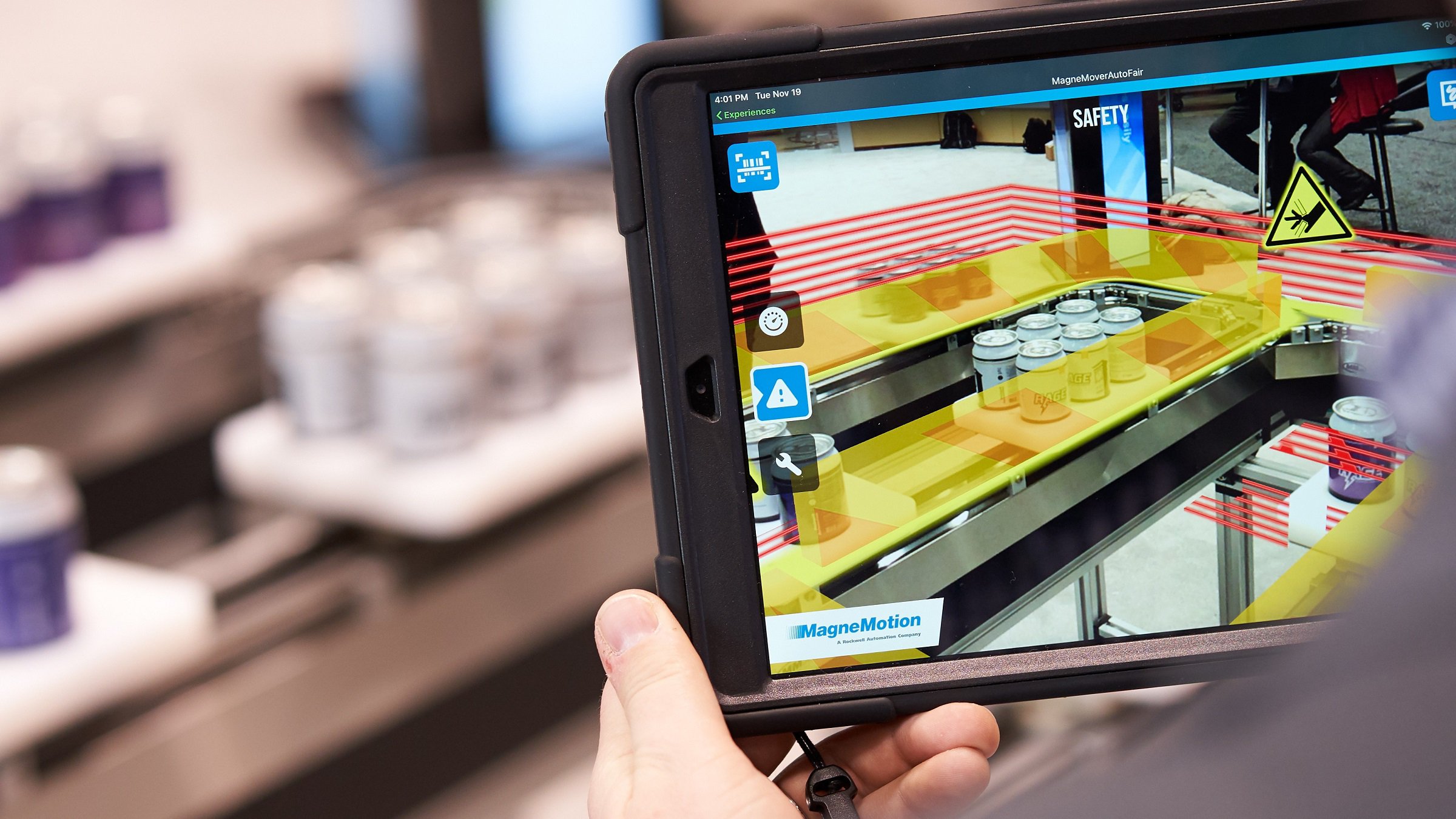Earlier this year, I joined a group of executives from multinational industrial organizations to share our experiences of the pandemic and its impact on digital transformation (DX) projects.
What followed was a direct and frank conversation about the realities of delivering change in a time of uncertainty. I learned a lot about how different companies prioritize and how different industries face specific challenges that shape their DX journeys.
It was clear from our conversation that the pandemic exposed the reliance of digitization on the human element. Much of the direct impact of the pandemic concerned the movement and interaction of people, and caused many leading companies to turn to technology to help bridge physical gaps. In particular, this led to the advancement of digital programs featuring tools that reduced the need to travel – by connecting people with other people, and people with control system information or intelligence. A key example here would be the widespread and varied adoption of wearable technology.
From the use cases presented, it is clear to me that augmented reality (AR) achieved a sort of ‘coming of age’ during the pandemic. While many businesses, Rockwell Automation included, were adapting quickly to Microsoft Teams and Zoom replacing many executive meetings, at the plant level the rapid adoption of AR glasses helped overcome challenges with remote training, maintenance, and engineering support. What I find most interesting here is that these agile, global organizations didn’t stop there. Once implemented, the technology was also tested and then adopted for other uses, such as warehouse and transport logistics. This, I believe, points to a powerful approach to digital transformation technologies – introduce it for what you need, then use it for what it can do.


